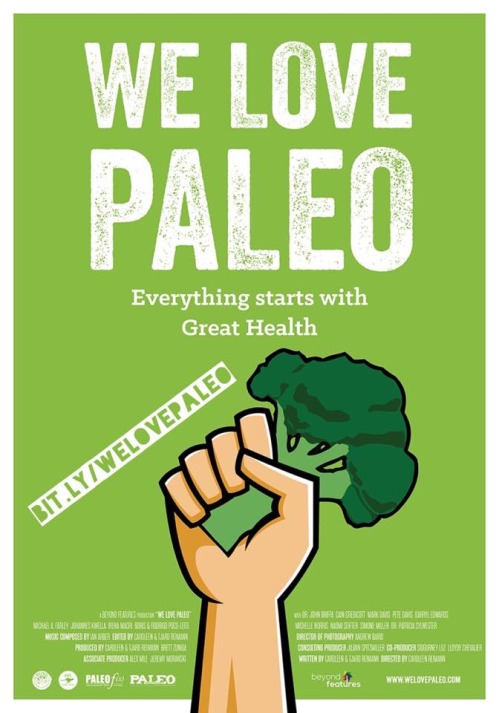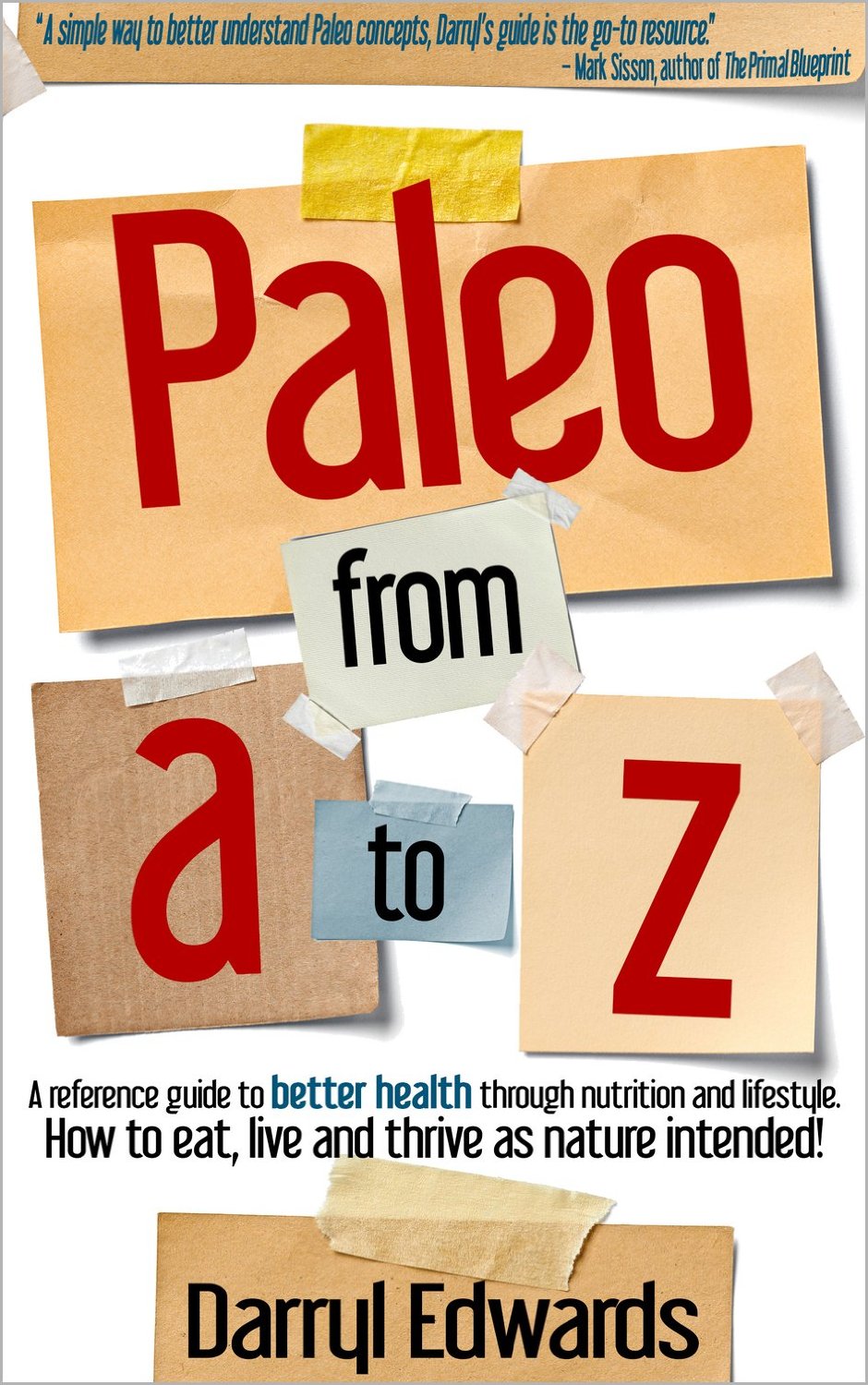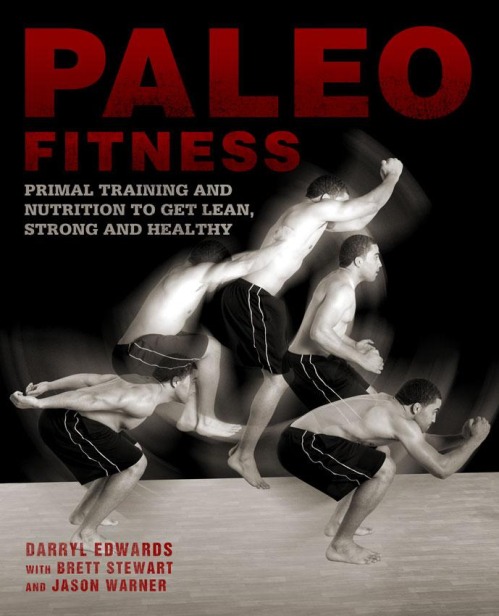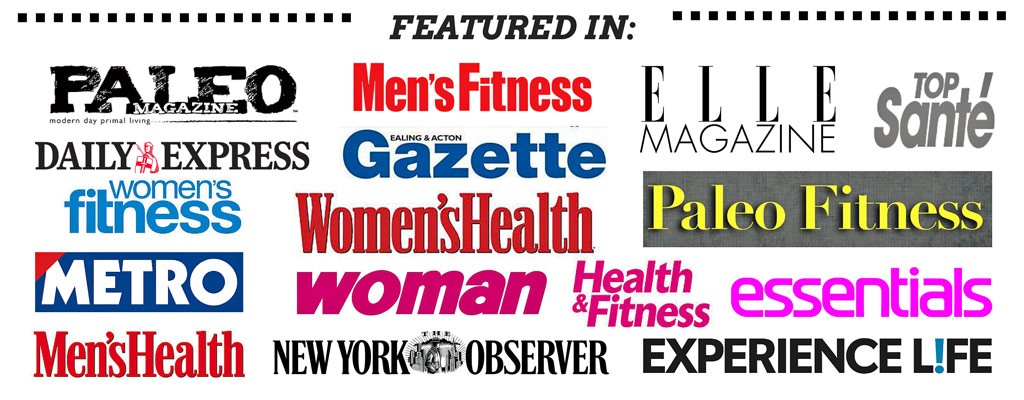300 Second Interview: Mark Twight (Gym Jones)
 Wednesday, December 1, 2010 at 16:33 | by
Wednesday, December 1, 2010 at 16:33 | by  Darryl Edwards
Darryl Edwards 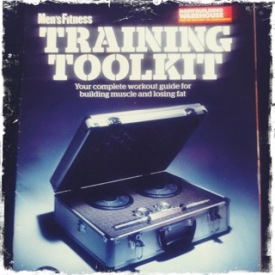 Fitness Explorer with Mark Twight (Gym Jones)
Fitness Explorer with Mark Twight (Gym Jones)This was the original challenge:
25 x Pull-up +
Of the 35 people trained only 17 were invited to take the test. The criteria was that they were not only physically capable, but that the seeds were sown psychologically. They had to be scared and unprepared, a recipe of fear. It was designed as a test not a workout, to assess certain characteristics - for example how do you deal with stressful conditions?
Would you change anything about the original 300 workout?
Other variations are the 300 Heavy which uses an 85kg (187lb) deadlift/floor wiper with a 24kg (53lb) KB Clean & Press and the 300 Heavier which uses a 100kg (225lb) deadlift/floor wiper.
What is the Gym Jones' philosophy?
What are your views on linear vs non-linear periodisation?
Darryl's addition: An athlete that requires hypertrophy, power, strength, strength endurance and cardiovascular endurance for example would work on a non-linear route of periodisation and the phases would vary based on what factors are most important.
Is Gym Jones a Crossfit with non-linear periodisation?
We train people for specific objectives, we don't compete in the gym. The gym is not our sport. Time should be spent wisely, and often it is better placed working on sport specific characteristics.
For people performing at the top of their game. Their fitness level is usually good enough. We provide a maintenance level only. The fitness channel (the ability of improved fitness to better sports performance) is diminished. Some training has to be cyclical to peak for competition.
The type of programming and planning provided is to support activities outside of the gym. Those things decide what we should be doing. This includes smart rest, recovery, changes in intensity, periodisation and avoiding burn-out.
Your favourite exercise?
Darryl's Addition - This workout is 30 sec work, 30 sec static hold at the top of the press. (Repeated for say 4 rounds). The rest is taken during the work part of the interval, aiming for as many reps as possible.
Your favourite workout?
Tears & Power, the exercises are arbitrary but it is a 4 x 4 matrix where the idea is to structure it so people are confident in the 1st round but by the end find it psychologically very difficult.
Darryl's Addition - "I will post an example Tears & Power workout in the near future."
What is your favourite quotation?
The individual who has inspired you the most?
Bruce Lee, the consummate example of someone who put his thoughts into action.
Final question: You get the chance to go back into time and can make one decision involving your health and well-being - what would it be?
I would go back to the age of 21 and make the decision to have my broken ankle fixed. I made a short-term decision not to get it fixed so I could continue to climb, rather than taking the long view. In hindsight not the right thing to do.
 Mark Twight in
Mark Twight in  Interviews
Interviews 

